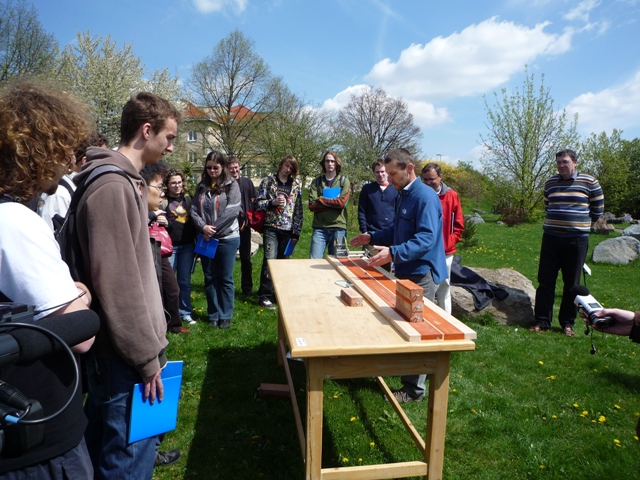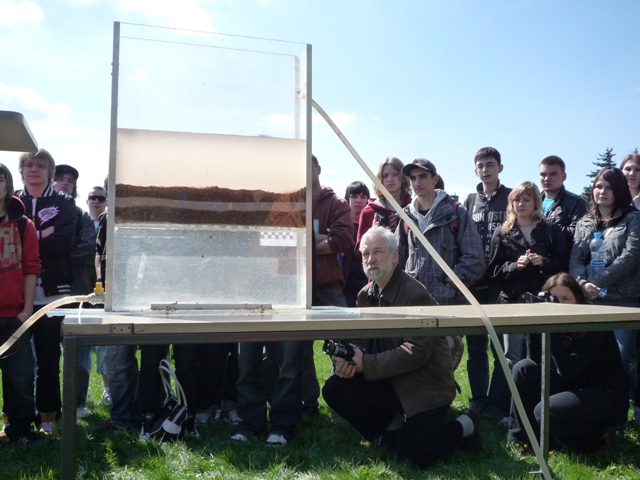CASC is all about learning from each other and coming up with new ways to engage with the public around topics relating to science, and communicating that information to them. The main objectives of the project – which will be discussed at the conference – are:
So… what is science policy, and what is the CASC project doing to change this? CASC is building on the 2000 Lisbon Conference and 2001 Science and Society Action Plan, with the aim of promoting science in communities and bringing science and citizens closer together. Building a network of partners across Europe during this project gives great possibilities for sharing best practice and learning from each other about how to engage the public and what actions can be taken to achieve this.
A big part of policy concentrates on research, and ways of using that research to connect scientists with the public. Creating a culture and arena where scientists, policy makers and citizens can communicate with each other and feed into each others’ discussions plays an important role in this; a scientific culture which helps to foster an interest in science and technology, especially among young people, also with the goal of attracting more students into science-based courses and activities.
The way science is communicated – by schools, museums and in the media – is another area which CASC is addressing, to try to improve understanding, skills and knowledge, and bring about a sense of greater participation and ownership on behalf of the public. The way mainstream media communicate science topics to the public is an interesting area, and this post is a good analysis of how media output aimed at children has dealt with information about climate change and the environment.
Future policies could give added weight to important ideas such as mapping routes which encourage and support young people from education to futures in science; identifying ways that we can celebrate science and scientists; and talking about science in ways which capture the excitement and imagination of people from all ages and backgrounds.
The recommendations will come out of the experiences of the study visits which helped the partners see different infrastructures in place and some of the methods which are used to reach people. The activities which took place as part of the project will also feed into these suggestions for how policy should be shaped in the future.
Over the next few days I’ll be posting some interesting examples of actions which have come out of the project, and using them to look at how science policy and engagement can influence what goes on in the classroom but also what happens more widely in the world around us.


